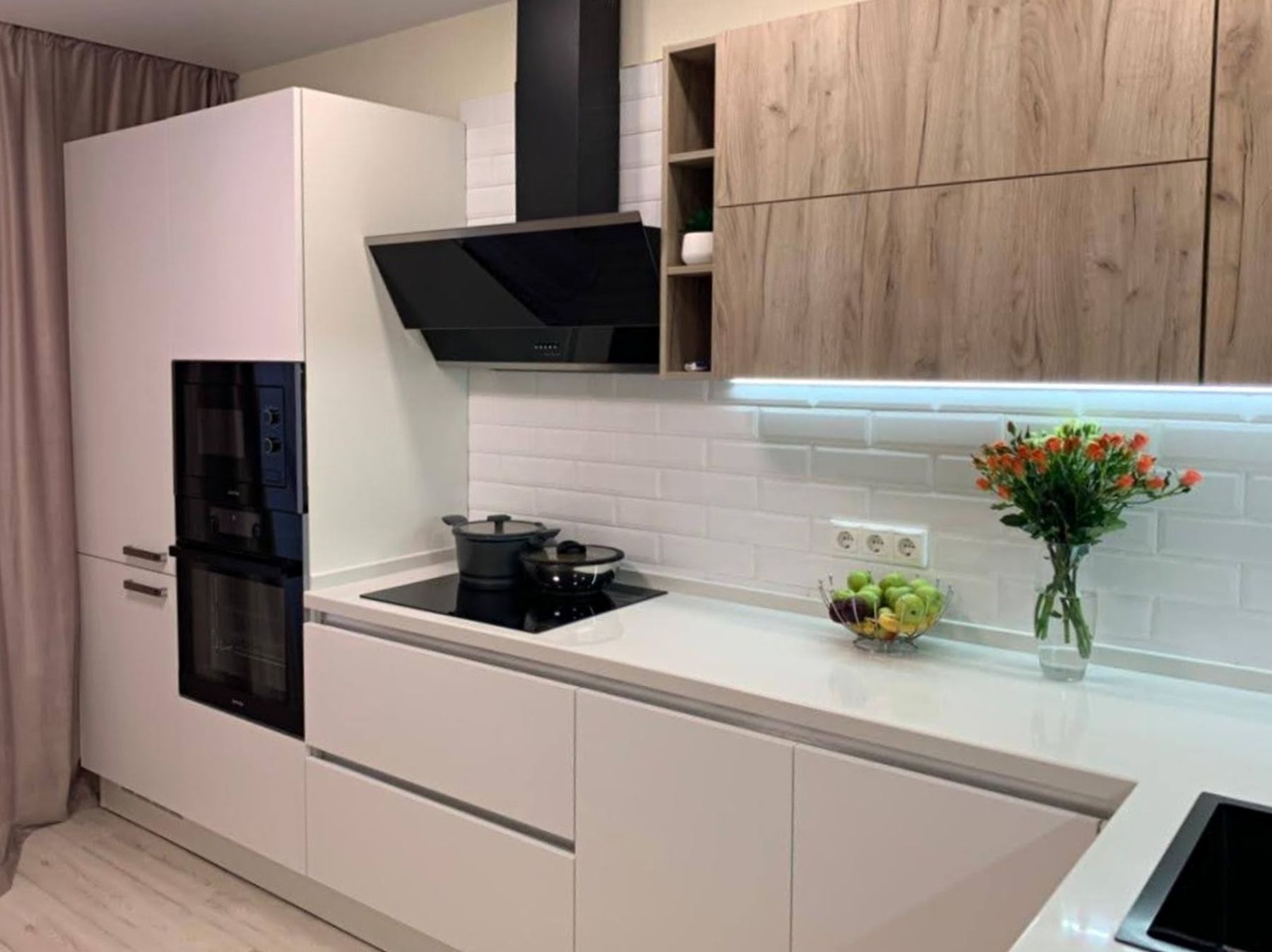
Culinary Spaces Redefined
In recent years, the concept of culinary spaces has undergone a significant transformation. The traditional view of kitchens as mere utilitarian areas for food preparation is being replaced by a more holistic and multifunctional approach. This shift reflects the evolving social dynamics and the increasing importance of the culinary arts in our everyday lives. This article explores how culinary spaces have been reimagined and redesigned to cater to modern needs and aesthetics.
Embracing Open-Concept Designs
One of the major trends in redefining culinary spaces is the adoption of open-concept designs. This architectural choice encourages a seamless flow between cooking areas and living spaces, fostering an environment of inclusivity and interaction. No longer are kitchens hidden away; they have become the centerpiece of home life where families and friends gather to share meals and experiences together.
Integrating Technology and Functionality
As we continue to embrace the digital age, culinary spaces are becoming smarter and more connected. From high-tech appliances that can be controlled via smartphone to sophisticated systems that enhance food preservation, technology is making culinary tasks more efficient and convenient. The integration of these advanced features brings both functionality and a modern edge to the heart of the home.
Sustainability in the Kitchen
Another aspect of redefining culinary spaces is the growing emphasis on sustainability. Eco-friendly materials, energy-efficient appliances, and waste-reduction practices are becoming commonplace. The kitchen is evolving into a space that not only fosters creativity in cooking but also embodies a commitment to environmental responsibility.
The Rise of Social Kitchens
Culinary spaces are increasingly designed to facilitate social interaction. Incorporating features such as large islands with seating, communal tables, and open layouts encourage conversation and communal cooking experiences. This trend is reflective of the kitchen's role as the new social hub of the home, where the preparation of food is just as important as the enjoyment of it in good company.
Personalization and Unique Style
Modern culinary spaces are also highly customizable, reflecting the personal tastes and styles of their owners. From bespoke cabinetry and handcrafted tiles to unique color schemes and textures, homeowners are seeking ways to make their culinary spaces distinctly their own. These personalized touches add character and charm, making the kitchen a true extension of one's individuality.
Conclusion: A Space for Creativity and Connection
In conclusion, the redefinition of culinary spaces represents a broader cultural shift towards valuing food, connection, and design. Today's kitchens are no longer just about cooking; they are vibrant, multi-purpose areas where people come together to create, entertain, and build memories. As we continue to challenge traditional boundaries, it's clear that the culinary space will remain an ever-evolving and central part of our homes.
``` This HTML content provides an article with headings and paragraphs as requested, and does not include the overall HTML structure such as DOCTYPE, html, head, and body tags.